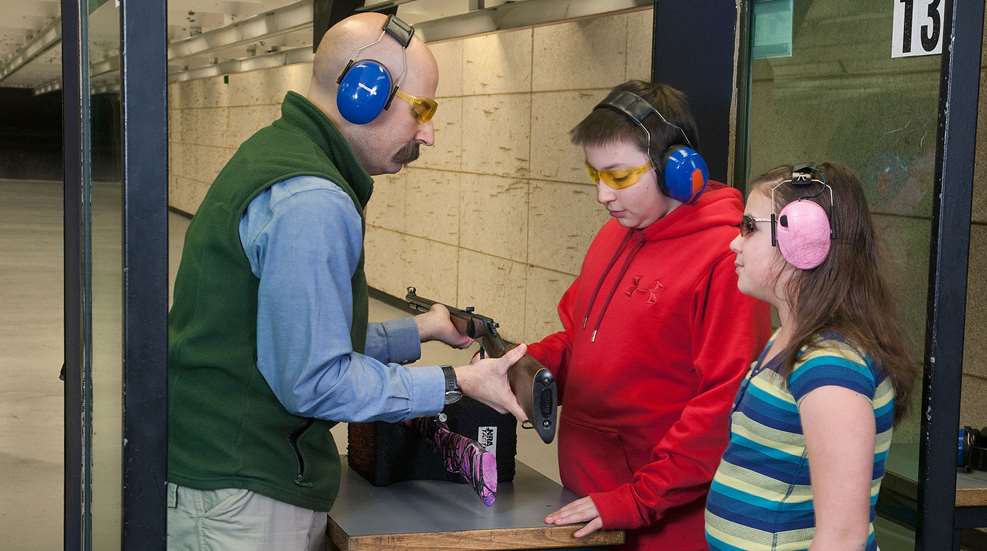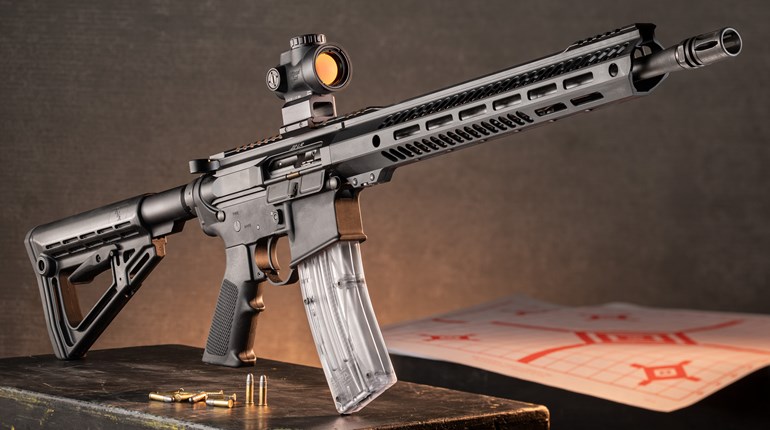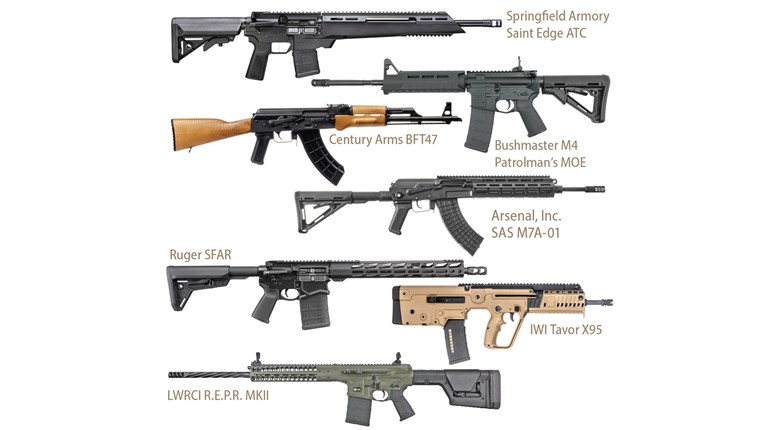
Learning proper firearm safety in a controlled environment is often the catalyst for a lifelong interest in firearms and the Second Amendment.
At a certain point in life, most people give at least a passing thought to the mark(s) they will leave on the world. While having one’s name attached to a place or institution may seem like a nice honor, the legacies we leave our families, friends and others whose lives we touch are the foci of most normal people.
Things with material value often dominate such thinking, but how we equip future generations to deal with the roughness of this world is of arguably greater importance. We cannot change the violent nature of mankind, but we can teach our young people skills that will help them navigate and survive many of the mortal challenges they may face when we aren’t there to protect them.
Early training in the safe and effective use of firearms is a foundational block in this process and, in my opinion, the rifle is the best tool with which to start. A handgun may be easier to hold and less intimidating to new learners, but a properly sized rifle is more conducive to teaching muzzle awareness and the fundamentals of shooting. The same arguments can be made for a youth-size shotgun, but a smallbore, rimfire rifle allows us to fine-tune aiming instruction, at far less cost (per shot) and with minimal recoil.
Several planning considerations still come into play when training youngsters. First, there’s the question of whether we should do the teaching or entrust our kids to instructors. The majority of people with whom I have this discussion agree that, when possible, initial lessons should be delivered by parents, grandparents or other experienced family members or friends. In cases where that’s not feasible, or when the initial teacher’s expertise limit has been reached, youth shooting organizations—such as 4-H, Trail Life USA, the American Legion or local range-affiliated teams—are great options. Several other great programs and resources are available through the “Youth Interests” link at explore.nra.org.
Hunter Safety training is also an effective ice-breaker for safety instruction and general firearm information. By the time my pre-teen kids attended hunter safety classes, they each had several years’ worth of familial firearm training under their belts. Even so, they all came away from their state-sponsored courses with information and skills they continue to apply two decades later.
While current firearm-specific laws tend to focus on safe storage and youth access issues, most ranges and shooting clubs have age restrictions and mandate adult supervision. Knowing local laws and facility rules ahead of any planned lessons can prevent potential headaches later.
As has been the case for generations, today’s budding shooters tend to cut their teeth on BB guns and pellet rifles before graduating to firearms. The .22 LR still rules the roost for cementing those spring-, air-and compressed-gas-powered lessons into cartridge-based skills. The rimfire’s lack of felt recoil, low report and little-to-no muzzle flash make for pleasant shooting. Furthermore, the diminutive .22 cartridge is perfect for teaching safe handling of cased ammunition, loading, unloading, working through malfunctions and picking up brass before heading home.
When it’s time for your student to graduate to a centerfire cartridge, there are several good options to consider. Two easy-to-shoot cartridges, which also happen to be well-suited to defensive use, are among the most plentiful today: 9 mm and 5.56 NATO. The ever-increasing options for quality, affordable pistol-caliber carbines, lightweight bolt-actions and modern sporting rifles make easy work of finding a suitable centerfire-training platform, if one isn’t already on-hand.
As is true with older students, the more enjoyment young shooters have while learning the ropes, the more likely they are to become lifetime learners. Effective eye protection is a given with any projectile-launcher, as is good ear-pro once the gunpowder threshold has been crossed. Lighter centerfire projectile weights can help reduce the already-low recoil of commonly used chamberings. If the shooter can support the additional forward weight, a sound suppressor takes the bite out of muzzle blast and helps settle the rifle during recoil.
Moving from paper targets to reactive targets keeps things interesting and helps young learners develop their practical-application skills. When I’m at the BB or pellet-rifle stage with a beginner, I always see a dramatic increase in enthusiasm the first time I supplement their static targets with balloons or clay targets. Likewise, once rimfire shooters have checked the slow-fire safety and accuracy boxes, making empty cans dance around on the berm is a surefire way to broaden their smiles. I recently made this type of transition with a young family member. As we were cleaning up after a round of plinking, she asked me how soon we could go shooting again. That’s a win in my book.
Another motivational boost can be had by adding new aiming devices. As iron sights are mastered, adding a magnified or electro-optic into the equation opens a whole new world to the budding shooter’s eyes, while broadening your options for enjoyable, practical training.
Over the past three decades, I’ve had the pleasure of instructing beginners who ranged in age from their 70s down to single digits. I’m currently working with my fourth generation of “students” within my own family and once again, they’re taking to the rifle easily. If all goes well, the foundations we’re building will help them become competent handgunners and shotgunners, too. The overarching goal is to teach them life skills that will come in handy whether they’re target shooting, hunting or faced with self-defense situations later in life.
Variations of the proverbial instruction to “Start children off on the way they should go, and even when they are old, they will not turn from it” are taught in both the Jewish and Christian faiths. When it comes to the generations that follow ours, using firearm instruction to add a physical realm to this spiritual saying may be one of the best legacies we can leave behind.





































